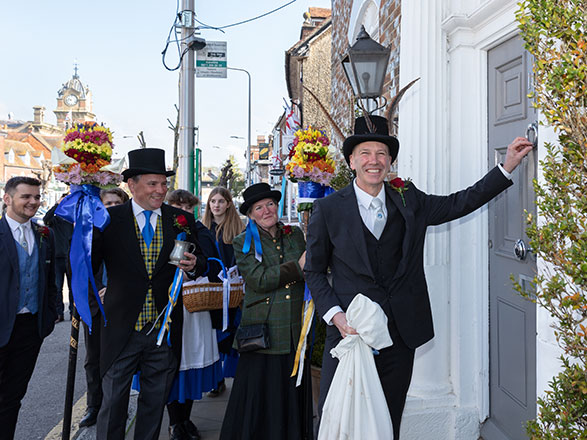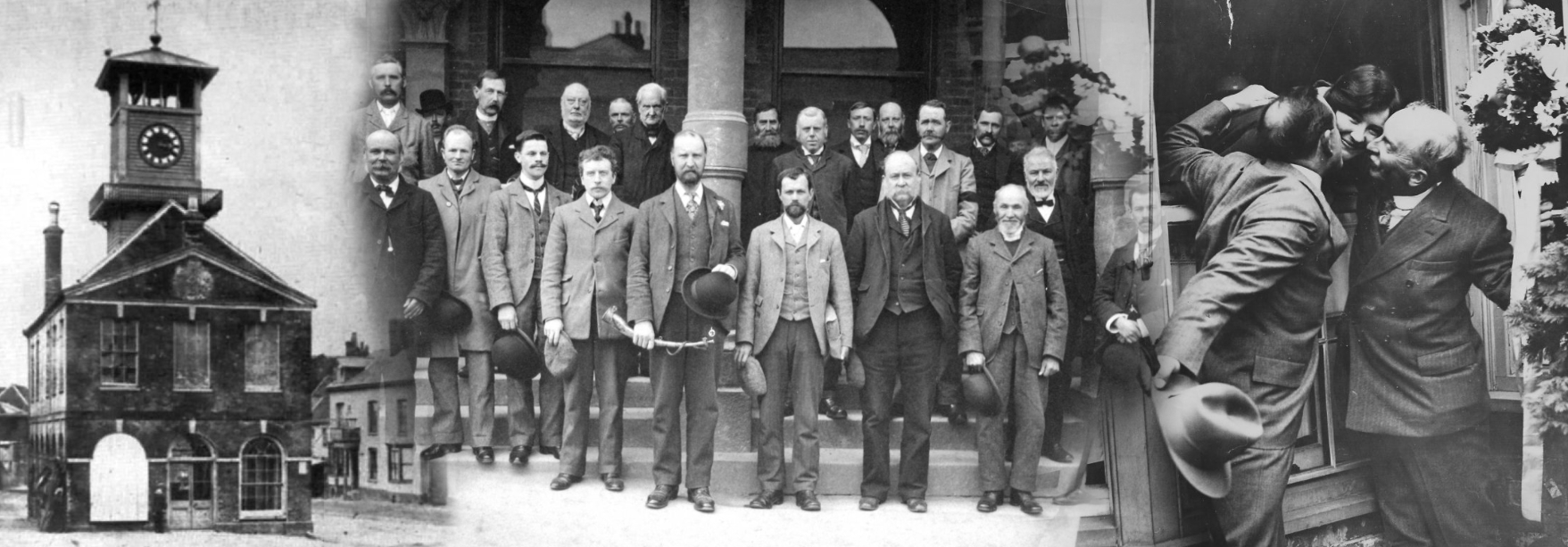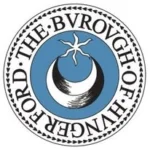The Town and Manor of Hungerford has a unique history going back nearly 800 years.
Today it represents a considerable community asset managed by a Constable and 10 Trustees, and is run according to a scheme regulated by the Charity Commissioners under The Town and Manor of Hungerford & the Liberty of Sanden Fee scheme of 1908 – No 238 379 A/4.
A brief history of
The Town and Manor
It probably all started in the 13th Century (we can’t be 100% sure), building on the Right to hold Markets and Fairs, and the Assize of Bread and Ale, granted to the good people of Hungerford during the reign of King Henry III (1216 – 1272).
These Rights were confirmed during the reigns of King Edward I (1272-1307) and Edward III (1327 -1377), with the addition of Grazing Rights on the Royal Estate land around the town. Fishing Rights were added by John O’Gaunt, the fourth son of Edward III; a generous act that made him the adopted son of the town to this day.
There is an extensive collection of information on the history of Hungerford and the Town and Manor on the Hungerford Virtual Museum.

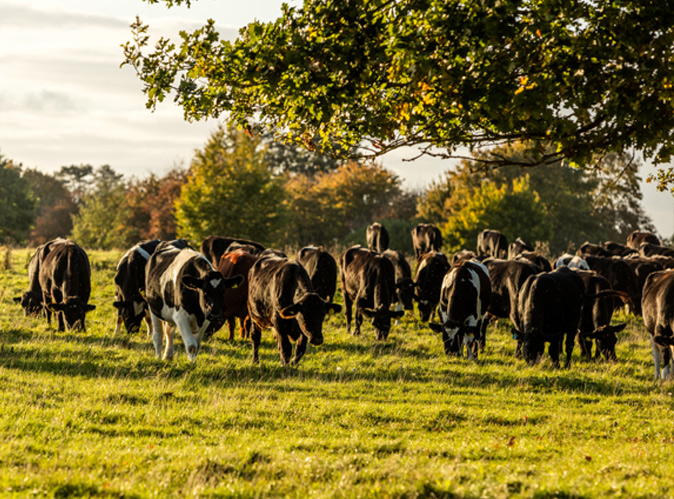
The
Estate
The modern estate managed by the Trustees comprises 423 acres (171 hectares) of land of which 75 hectares are designated as Sites of Special Scientific Interest (SSSI), including Hungerford Common, Freeman’s Marsh, Hungerford Marsh Nature Reserve, The Croft, the Recreation Ground and War Memorial at Bulpit Lane, the Town Hall & Corn Exchange, the John O’Gaunt Inn and the Water Keeper’s House behind it.
Our History
The Constable & Trustees
The Constable and 10 elected Trustees manage the business and employ full and part-time staff. There is a provision within the scheme to appoint 2 extra Trustees to fulfil specialist roles, should any be required.
The Town and Manor of Hungerford is and always has been independent of government – its financial success is dependent upon the Trustees’ ability to raise revenues from its own commercial operations, such as the management of the fishery and the letting of the Town Hall.


The Official Badge of
Office of the Constable
The official badge of office of the Constable of the Town and Manor of Hungerford is a brass or copper horn of which we have three. The original horn is purported to have been presented to the Town by John O’Gaunt, Duke of Lancaster, in the 14th Century to mark the granting of fishing rights to the commoners. When this horn grew fragile it was replaced in the 17th century by the Lucas Horn, which was replaced in the 20th century.
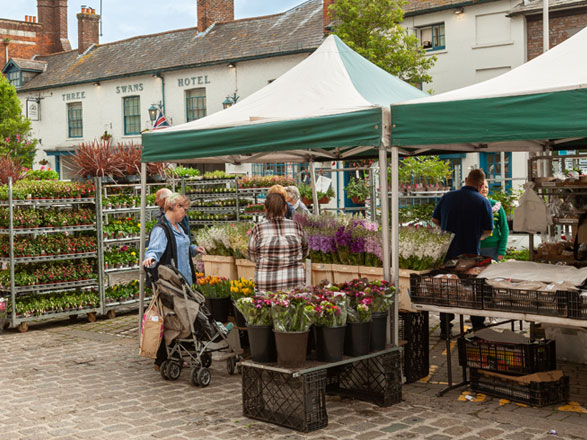
A brief history of
Markets & Fairs
Hungerford has developed over the centuries as a market town, supplying the goods and services for the surrounding villages.
Hocktide
A time for celebrating, ale tasting and Tutti folk
The ancient celebration of Hocktide is the most important day in the life of the Town and Manor and takes place annually on the second Tuesday after Easter.
